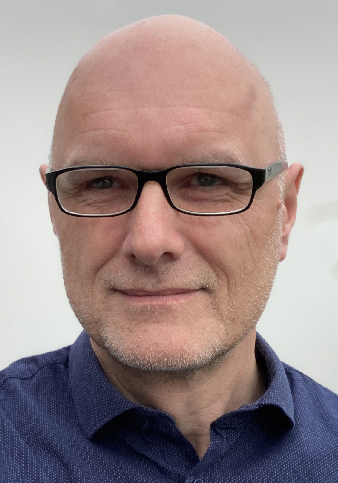Creating a MOOC
Creating a MOOC consists of a major redesign of your course. It allows you to reach out to a larger audience, and can at the same time free up time in class to run seminars and deep discussions.
Between 2012 and 2024 EPFL’s MOOCs have attracted over 3 million registrations from de 186 countries. Our MOOCs are available for our own Bachelor and Master students, for students from other Universities (for example, through the Euroteq Alliance), for professionals who need to up-skill or re-skill, and for the general public who take an interest in the topics that we teach.
Creating a MOOC takes effort and time, but we are here to help you design, develop and produce your materials.
Funding and Editorial Policy
The DRIL fund (Digital Resources for Instruction and Learning) can provide financial support to prepare materials for a MOOC.
>> Contact
For any enquiries about this service, please refer to:
